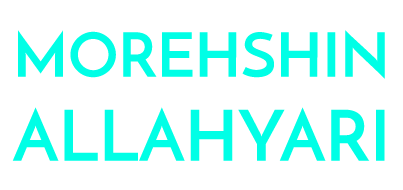Refiguring the Feminist Future (2018)
In 2018, I was invited to serve as the curator for the web residencies by Solitude & ZKM. We issued an open call and the response was overwhelming: More than 200 artists, activists, poets, writers, feminists, and dreamers answered with project proposals for challenging existing histories and speculative futures through storytelling and counternarratives imagining using the web as their platform. Four applicants were chosen as the new residents: Umber Majeed, Tesia Komalski, Luiza Prado, and Rasheedah Phillips, who will worked on their projects over the next four weeks.
For the web residencies call on the topic »Refiguring the Feminist Future,« we hoped for submissions that would provide insight into new reimaginations and possibilities of the female future; ideas that could claim nonlinear time and noncontiguous space; stories and poetics that could use the web as an activist/imaginative platform, or would make something invisible visible in refiguring the Feminist Futures. We asked »How can we tell stories of alternative (and specially nonwestern) futures that are not that of Silicon Valley? How can mythology, fiction/science fiction, and other forms of digital storytelling become practices for being more visible?«
In selecting the four winners, I looked for projects that somehow met these criteria and answered some of these questions in the most creative and meaningful ways. Projects that go beyond the dominant Western ideas of the future and focus on a feminism that is more than women (a non-male, non-cis, non-white, nonwestern re-figuration). In Rasheedah Phillips’s proposal, she proposes »The Black Woman Temporal Portal«: a toolkit focusing on nonlinear timescape/time displacement, preparing the black women, femmes, and girls to create the Black womanist, quantum future(s).

Rasheedah Phillips, Concept: https://schloss-post.com/futures-black-quantum-womanist/
Similarly, Luiza Prado proposes to use the web as a platform for a GIF essay for »reframing of the history of birth control, presenting narratives not as part of a linear and universal continuum, but rather as part of a fragmented, fast-paced pluriverse that meshes what is perceived as past, present, and future.« Both Phillips and Prado expand the web to a space for poetics and activism: building toolkits and archives that empower a nonlinear representation of histories and futures of and by and for women of color; which has been hidden and silenced by our world’s political and social systems.

Concept, Luiza Prado: https://schloss-post.com/all-directions-at-once/
Umber Majeed’s proposal takes the form of a powerful speculative fiction exploring »the feminist historicization of Pakistan as the first ›Muslim nuclear state‹ through state and familial archives … subversively implicating the bodies of citizens specifically women as the containers to perpetuate state sanctioned notions of love, science, and nature.«

Umber Majeed, Concept: Concept: https://schloss-post.com/name-hypersurface-present/
Tesia Kosmalski imagines a future for the refigured female body in which »a woman plans to heal her painful skeletal disorder by traveling to a moss-covered volcanic island. Scientists there have been synthesizing human bone and moss tissue to encourage new plant growth in an over-industrialized landscape … This woman is now in a post-procedure, photosynthetic transgenesis.«

Concept, Tesia Kosmalski: https://schloss-post.com/photosynthetic-transgenesis-chronicles-moss-woman/
In both Majeed and Kosmalski’s projects we are promised to look at a speculative future that expands our imagination to better/more inclusive experience in which women bodies are healed, resituated, and un-objectified.
These projects are practical and poetic examples of the kind of present, future, past, and present that I want to imagine for the world we live in. A future for us and by us.
For more information please see: https://schloss-post.com/overview/web-residencies/















